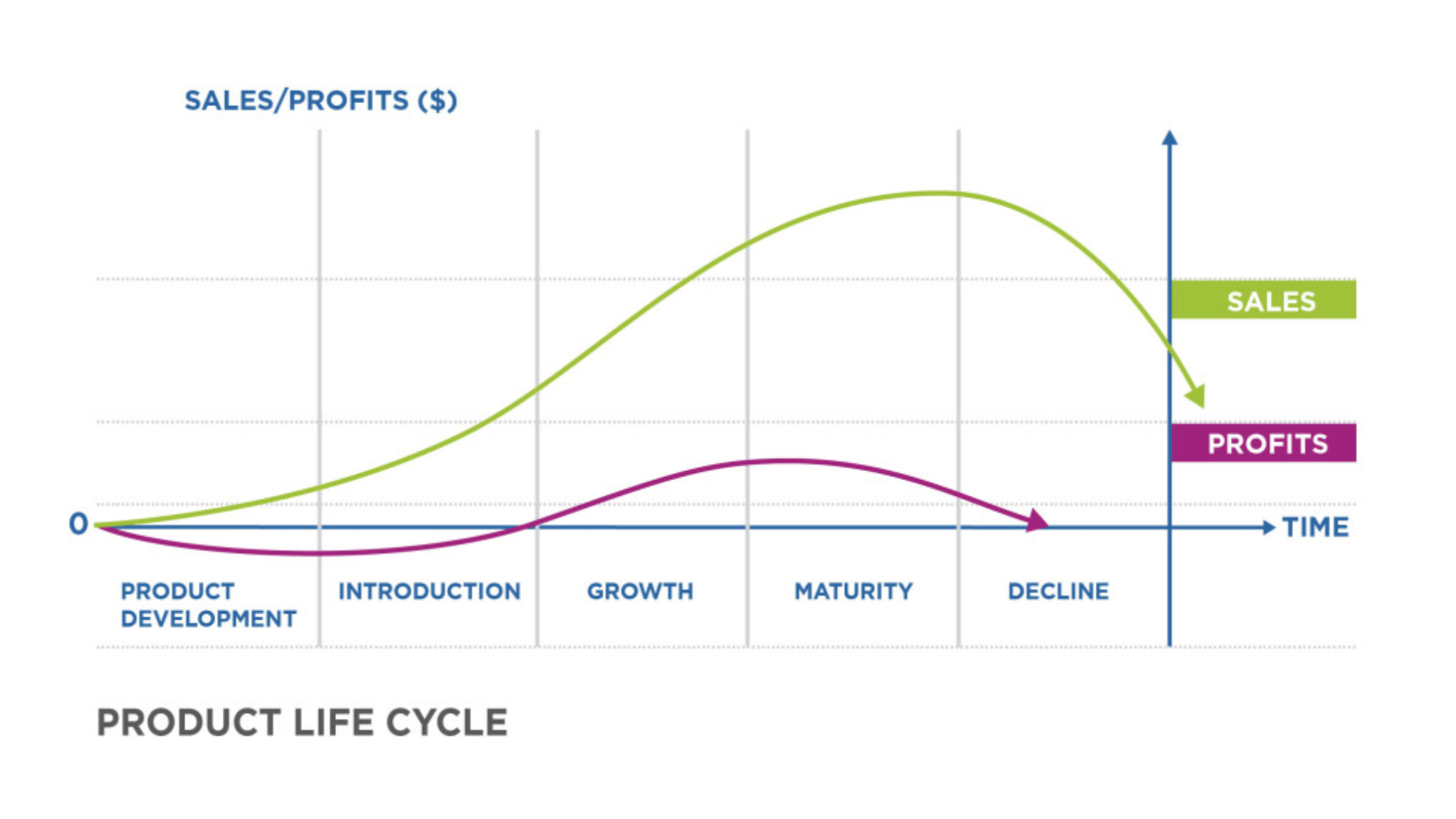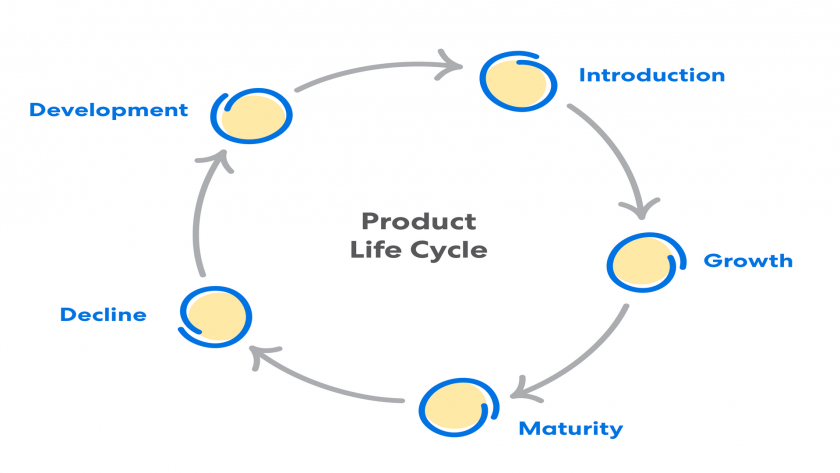The product life cycle is a marketing concept that describes the stages that a product passes, from its opening to the market to its gradual decline in sales. Comprehending the life cycle of a product is a very important factor for business, which helps entrepreneurs to develop effective marketing strategies and make informed decisions on the development and promotion of products.
In this article, which is relevant for 2023, we would like to describe for you the stages of the product life cycle and the strategies that entrepreneurs can use to maximize the success of their products.
Introduction
The stage is the first stage of the product’s life cycle when a new product appears on the market. At this stage, companies should create consumer awareness about the product, causing them to be interested and willing to buy its product or service. For this, entrepreneurs can use some strategies:
- Developing a strong brand identity. It involves creating a strong brand identity, as it is very important at the introduction stage. Entrepreneurs need to make sure that their product is known and easily recognizable. You can achieve this through effective brandings, such as using a unique logo, slogan, or packaging design.
- Target audience as early users. These are clients who are willing to try products and give you feedback. If you focus your efforts on early users, you can gain valuable knowledge about customer preferences and behavior.
- Focus on promotion. Enterprises should create noise around its product through various marketing channels. Among them are social networks, influential marketing, and advertising. You need to create a sense of urgency and exclusivity so you can encourage customers to try your product.
Growth
The stage of growth is the second stage of the life cycle of the product. At this stage, the product begins to occupy its place in the market. Sales are growing rapidly, so every business should focus on creating brand loyalty and expanding its customer base. There are several strategies that any business can use at the stage of growth:
- Expansion of distribution. Businessmen should guarantee the continued availability of their products on the market and their accessibility to customers. The entrepreneur can achieve this through such tools as partnerships with distributors, retailers, and electronic platforms.
- Improving customer experience. Providing guaranteed customer service and support is a key factor in the stage of growth. The entrepreneur should respond to customer feedback, promptly solve their problems, and provide them with additional services so he and his team can create loyalty to the brand.
- Differentiation from competitors. Once a product becomes more popular, competition tends to increase. The fact is that the entrepreneur should focus on the unique advantages of the product and highlight its advantages. This will help the firm not to lose market advantage among competitors.

Maturity
It is the third stage of the product life cycle, where the product achieves its peak sales and market penetration. At this stage, the main business goal is to maintain market share and maximize profits. There are several techniques that businesses can use at the stage of maturity:
- Diversify product offerings. So, businesses can expand their product line so that they can attract new customers and increase sales. This can be achieved by expanding the range of products, creating new products, or linear extensions.
- Price optimization. As competition increases, businesses should ensure the competitiveness of their prices on products and meet customer expectations. A businessman may use such pricing strategies as discounts, promotions, or bonus offers. So they will help him maintain sales and market share.
- Enhancing brand recognition. Creating a strong brand and reputation is an important factor in the maturity stage. Businesses can invest in marketing campaigns that highlight the value of the product and its difference from the product of competitors.
Reducing
The stage of reduction is the last phase of the product life cycle when sales start to decline due to changes in consumer preferences or market saturation. Businesses should make strategic decisions at this stage so that they can maximize profits and minimize losses. There are several strategies that businesses can use in the stage of reducing:
- Reduce costs. Entrepreneurs should reduce costs of production, marketing, and distribution in order to maintain profits. This can be achieved by optimising operations, reducing advertising budgets, and reducing unnecessary costs.
- Explore new types of markets. Entrepreneurs can explore new markets or fields in which their products will still be relevant. They can achieve this by identifying customers’ needs and preferences and adapting the product to these needs.
- Revitalise Product: Businesses can revitalize the product by introducing new features or by recycling the product to match customers’ changing preferences. This can help to create new interest and attract new customers.
Conclusion
We would like to summarise and tell you that understanding the product life cycle is an important factor for business. The point is that it helps entrepreneurs to develop effective marketing techniques and make informed decisions on product development and promotion.
If you understand the essence of the different stages of the life cycle of your product, you can apply the right strategies to maximize the success and profitability of your product. All these stages will help businesses remain efficient and adapt to changing market conditions to remain competitive and achieve long-term success if the entrepreneur monitors its performance.




